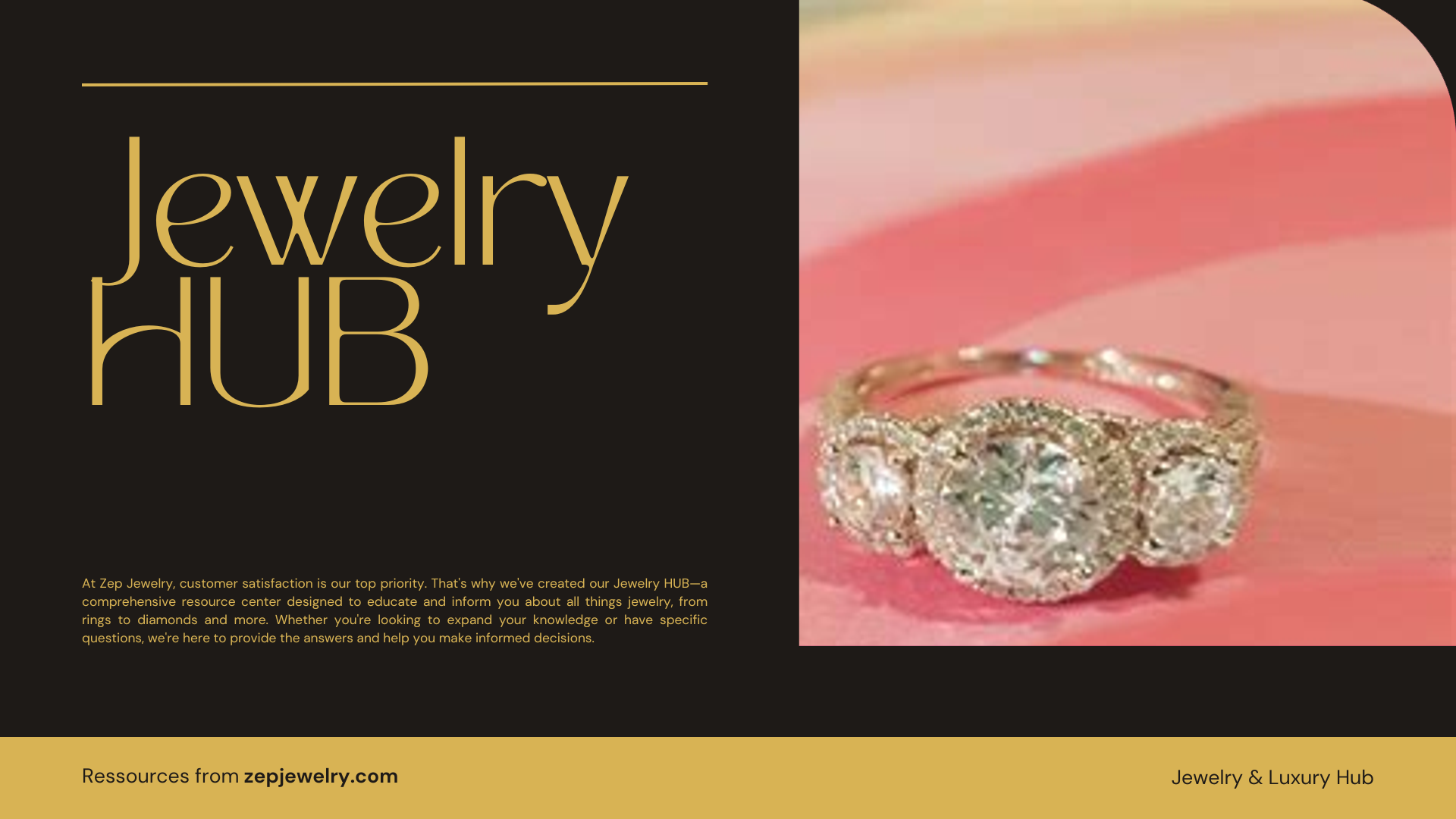What if the sparkle of your favorite necklace vanished overnight? Jewelry may hold sentimental value that far outweighs its monetary worth, but when calamity strikes, insurance becomes your safeguard. Jewelry insurance operates as a pact between you and your insurance provider, allowing you to rest easy while they promise to cushion the blow of life’s little misfortunes. With premiums aligned to the value of your treasured items, this coverage ensures that whether it’s a lost heirloom or a damaged masterpiece, restitution is just a claim away, letting you keep the glimmer in your eye intact.
How does jewelry insurance operate in practice?
Jewelry insurance operates as a contractual agreement between you and your chosen insurance provider. In practical terms, you pay regular premiums that are typically based on the value of the jewelry items you wish to insure, and in exchange, the insurer agrees to provide coverage against loss, theft, or damage to those items. This means that if your jewelry is lost, stolen, or damaged due to unforeseen circumstances, the insurance company will offer reimbursement for the necessary repairs or even a complete replacement of the item. However, be mindful that any reimbursement will be subject to your deductible, which is the amount you are responsible for paying out of pocket before the insurance coverage kicks in.
To elaborate further, the process begins with you selecting the jewelry pieces to insure and providing the insurer with key details, such as an appraisal or sales receipt that reflects the item’s value. Specialized jewelry insurance companies, like BriteCo, even encourage you to upload photographs of your jewelry, ensuring it’s in your possession and in good condition at the time of coverage. This helps secure the terms of your policy while streamlining the claims process in the unfortunate event that something happens to your jewelry.
It’s also worth noting that jewelry insurance typically not only covers theft or loss but also “mysterious disappearance,” a scenario that frequently causes concern among jewelry owners. While different insurers may have varying terms and coverage options, understanding the specifics of your policy is crucial for making an informed decision.
In summary, jewelry insurance serves to protect your valuable pieces, offering peace of mind in knowing that you’re shielded against potential losses. Just be sure to carefully read your policy details, including the deductible amounts and coverage limits, to ensure you fully understand your obligations and protections should the need to file a claim arise.
What types of loss does jewelry insurance cover?
Jewelry insurance typically covers several scenarios including theft, damage, loss, and mysterious disappearance. This is crucial because many people assume all types of loss are automatically covered. Mysterious disappearance, for example, refers to situations where the item is lost without explanation, and not all insurers include this coverage, making it a key detail to clarify while shopping for a policy.
How are premiums calculated for insuring jewelry?
The cost of insuring jewelry generally falls between 1% to 2% of an item’s value annually. For instance, if you have a ring worth $3,000, you could expect to pay about $30 to $60 per year for coverage. However, some providers, like BriteCo, have innovated pricing models that can reduce this to as low as 0.5%, potentially making insurance more affordable for many.
Is it necessary to provide an appraisal to get jewelry insured?
Yes, obtaining an appraisal or presenting a detailed sales receipt is usually required for insuring jewelry. This documentation verifies the item’s value, providing the insurer with a concrete basis for determining coverage amounts. Some insurers may also request additional information, such as a GIA diamond report, to ensure comprehensive protection is in place.
What do deductibles mean in the context of jewelry insurance?
A deductible is the amount of money you agree to pay out of pocket when making a claim. For example, if you have a $500 deductible and your claim totals $4,000, you would pay $500, and your insurer would cover the remaining $3,500. Choosing a policy with a lower deductible often results in higher premiums, and some companies, like BriteCo, even offer policies with zero deductibles to avoid the hassle of cost-sharing when claims arise.
Can I update my insurance policy if I upgrade my jewelry?
Absolutely, it’s advisable to review and update your policy if you upgrade or change your jewelry. Many insurers require periodic reappraisals to ensure your coverage reflects the current market value. With specialized providers, they often automatically adjust coverage amounts in line with market changes, ensuring you’re always adequately protected without needing frequent intervention on your part.
What role does “mysterious disappearance” play in jewelry insurance coverage?
“Mysterious disappearance” is a term used in jewelry insurance to describe the loss of jewelry that cannot be easily explained, often comprising the majority of lost items claimed. Not all policies cover this type of loss, making it a vital aspect to assess when choosing an insurer. Including it in your policy can provide additional peace of mind, knowing that even inexplicable losses are accounted for.
